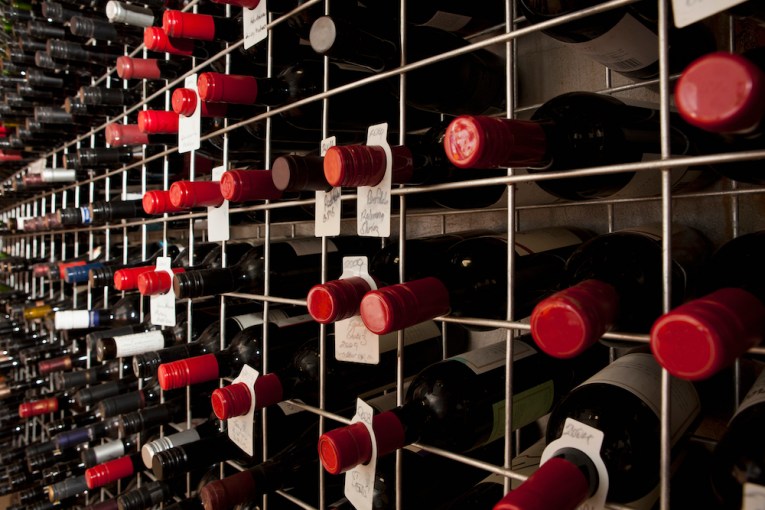Supermarket strategies to make you spend more

Supermarkets are experts at influencing consumers into spending more money than intended, and during a cost-of-living crisis, it is more important than ever to stay informed about the tricks they use.
Roger Simpson, retail expert from The Retail Solution consultants, said there are many strategies used to ensure customers maximise their spending.
“How do we lure customers in? How do we keep them in longer?” Mr Simpson said.
“With technology these days, they can quite easily map where shoppers visit in store and what the hotspots are.”
1. Aisle displays
Almost every supermarket aisle features an end cap, which is a display of products featuring sale items.
Mr Simpson said the weekly rotating specials are a way to highlight products to customers.
“You’ll see end caps on the end of every aisle,” he said.
“It also gives you the impression everything in the store is cheap.”
These strategically placed shelves often include products with high-profit margins or new arrivals, and they are situated to grab shoppers’ attention as they move from one aisle to another, and then perhaps to purchase something they may not have been looking for.
2. Product placement
Supermarkets place the more expensive items at eye level, knowing they are more likely to be chosen by customers.
It’s wise to scan the upper and lower shelves to ensure you aren’t missing any good deals or home-brand alternatives to save money.

More expensive items are usually placed at eye level. Photo: Getty
3. Pricing strategies
A long-running strategy by supermarkets is to employ well-documented psychological tricks, including pricing items below whole numbers, like $4.95 and $4.99 instead of $5.
One reason this trick works so well is because humans read from left to right, so by having a smaller number appear first, despite being only marginally cheaper is perceived as a good deal.
4. Low-price items at checkout
Supermarkets will often position low-price items at the checkout to entice shoppers into making an impulse buy.
Things like chocolate, magazines, soft drinks and energy drinks are the usual culprits, in the hope that consumers will toss in a little reward for finishing their errands.

Low-price items are placed at the checkout to encourage impulse buying.
5. Deals, specials and promotions
Buy one and get one free, limited-time offers, and special promotions are tactics used by supermarkets to create urgency and encourage impulse buying.
When you see a great deal, make sure you evaluate whether you need it or would have purchased it without that extra push, and check the deal itself to ensure it represents value for money.

Specials can often be deceiving, so double check if they are a good deal. Photo: Getty
6. Reward cards and loyalty programs
Signing up consumers for rewards cards can build brand loyalty, something that Mr Simpson said is important to build repeat customers.
“Every week you get an email with your specials,” he said.
“That’s encouraging customers to come and actually buy items they weren’t going to previously.”
The accumulation of points that can be redeemed for future purchases might be beneficial for some, but it can also lead to increased spending to attain rewards.
7. Sampling stations
Sampling stations are a common sight while doing the weekly shop, and often you’ll be able to smell them as you walk past.
The stations appeal to shoppers’ appetites and can introduce people to new products they previously wouldn’t have purchased, resulting in impulse buying.
8. The power of advertising
Colourful and attractive packaging with eye-catching graphics can sway people into making a purchase they would have otherwise avoided.
Combined with end caps, and checkout impulse buys, this method of advertising can create appealing purchases.








